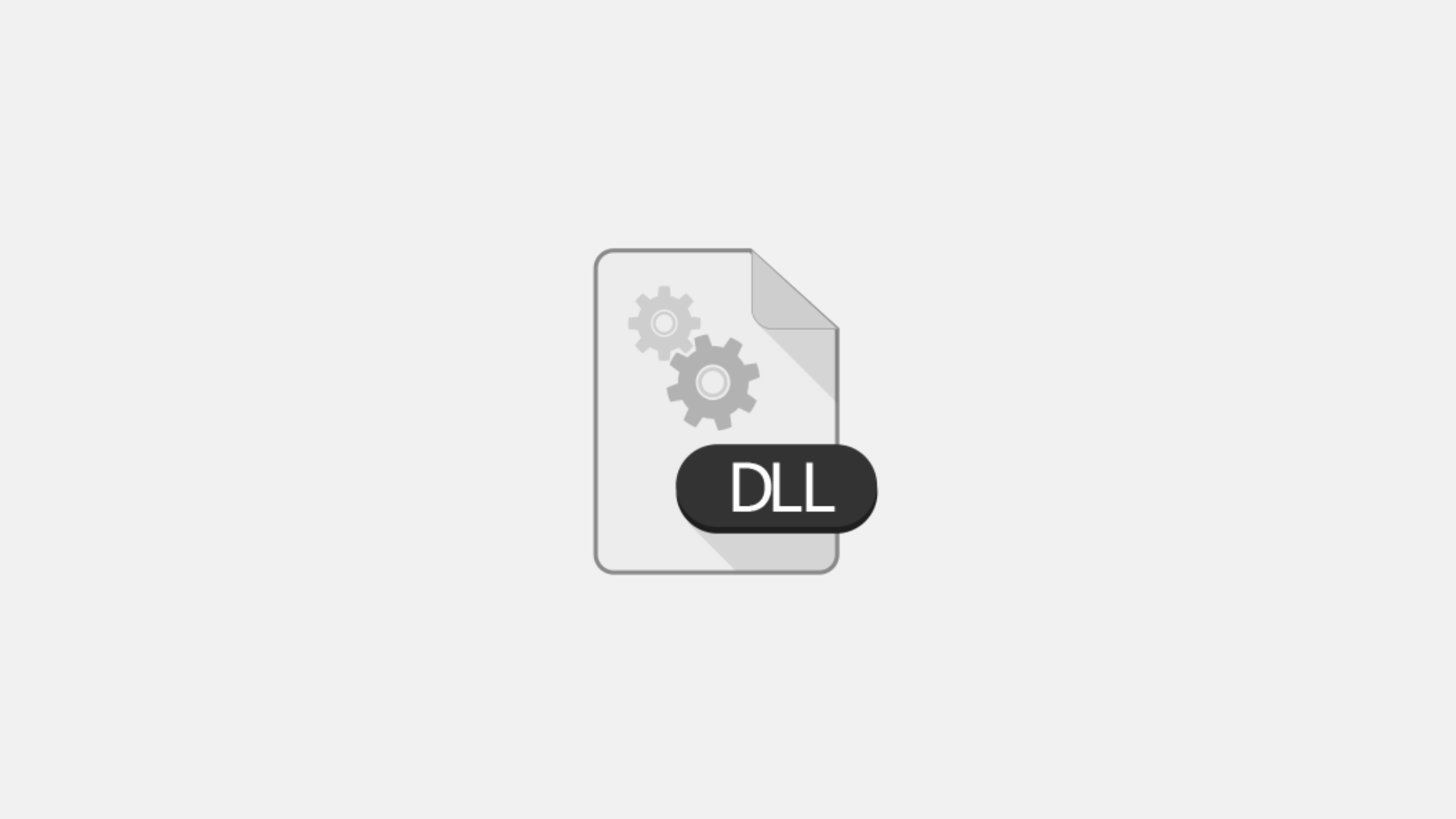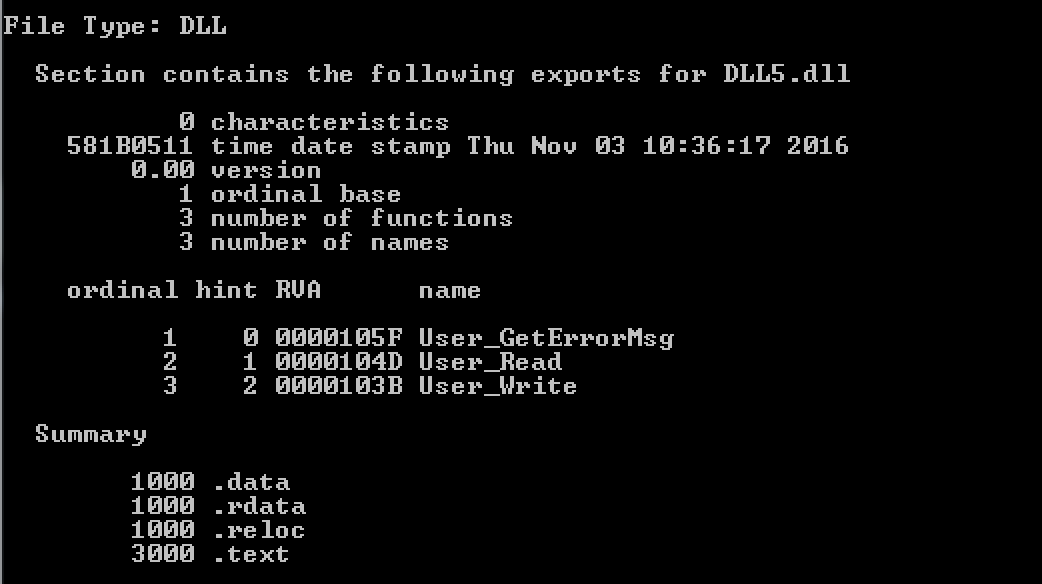
A Dynamic Link Library or DLL is a library which contains data and codes used by programs to run on Windows. These can also be called as collections or small programs that are loaded when needed by a program to function. It works by letting the program communicate with hardware or software devices connected or installed on the computer. It is basically a communication bridge between a large program with a small program in Windows.
How do they work?
DLLs are executables that are bundled with the software that requires it to run and function properly. DLLs generally contain functions, classes, variables, UIs and other elements like images, icons etc. They are used to run EXEs or executable files in Windows. DLLs have the extension .dll in Windows. Device drivers are also DLLs used to communicate between hardware and software.
DLL files are a very important part of Windows as they are used from the starting up to shutting down your computer. They are so important so that if any of the key DLL is missing, your computer might not even boot or crash while booting causing a boot loop. DLLs sometime requires other major DLL files that are used to run them.
DLL files contain an Export Table which is a list of symbols used while being called by a program or other executables.
The advantage of DLL is that it saves space in the RAM(Random Access Memory) because it doesn’t load the entire program on RAM altogether. A DLL is loaded only when it is needed and it doesn’t run all the time in the background. DLLs help the operating system to run efficiently as it separates a program into many modules and runs them as per their executional need resulting in faster load times of the program and higher efficiency overall. They also save a lot of space as it enables the programs to be more size efficient and taking less space in your hard drive.
Common issues with DLL:
DLLs can sometimes either get corrupted and cause an error showing it as missing. This is sometimes called as DLL Hell. It can happen while upgrading your OS or any program or it can be caused by a malicious program or virus that rewrites the .dll files and alerts the antivirus in the process. This in turn makes the antivirus remove the DLL file and cause havoc in the program or in the system all together.
To check and see what DLL is made up of, you can download tools like DUMPBIN which shows everything that the DLL file is and needs to run properly.

Key useful points of using DLLs:
- They are generally independent.
- Their code can be shared across multiple executables and in return save system resources.
- They are loaded when and only they are needed.
- They can be easily updated as they are executed at run time and not compile time.
- Their ability to change independently is also a disadvantage as sudden change can cause the program to stop working.
- They are prone to mishandling which causes ‘DLL Hell’.
